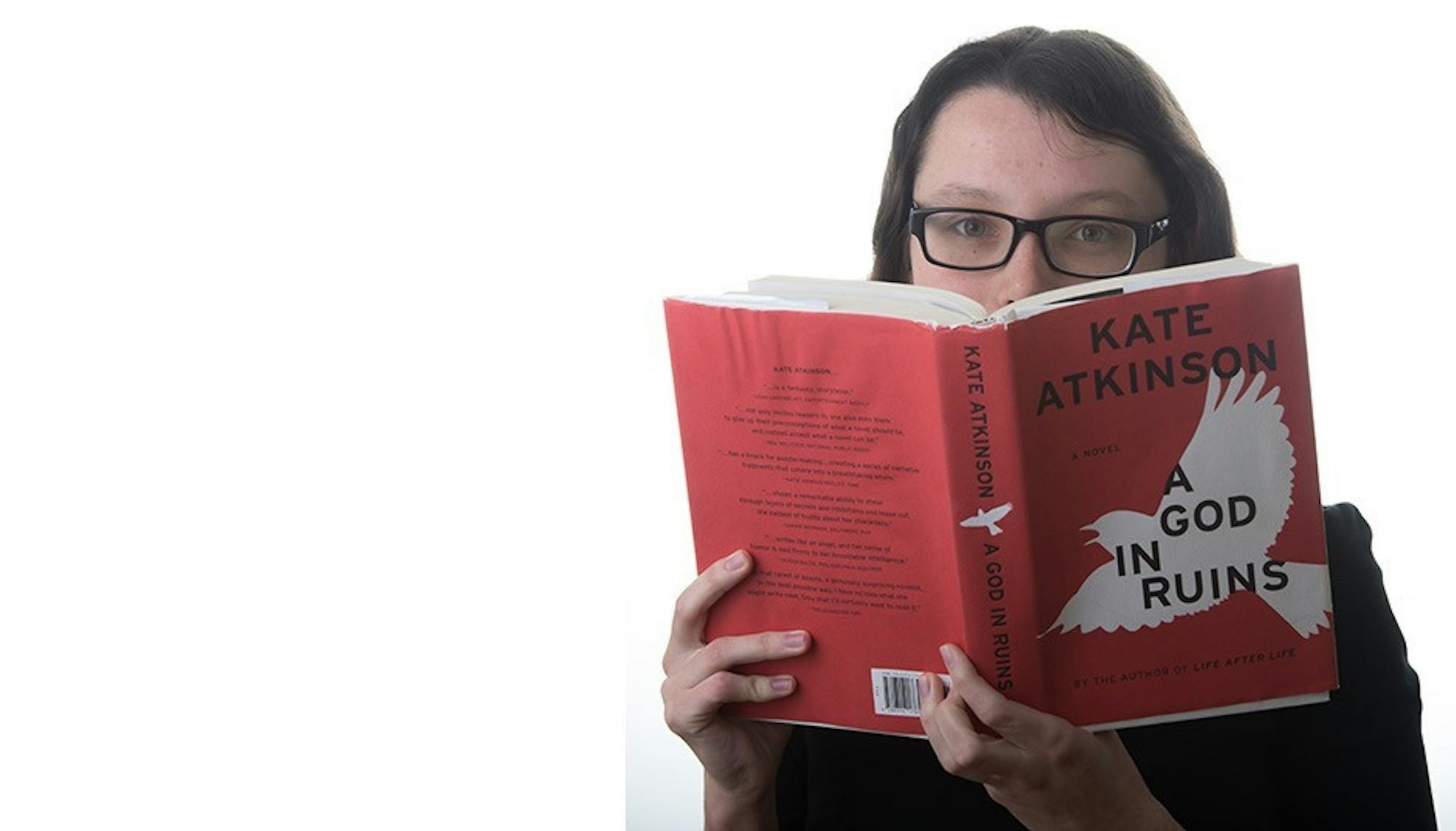Encountering F. Scott Fitzgerald is inevitable in the American educational system, usually in the form of "The Great Gatsby" (1925) in sophomore or junior year of high school, whichever has been designated as the year to steadily make one's way through American literature. The class discusses the green light, most people enjoy it and Fitzgerald is promptly set aside as one of the better entries in a year of English class. Yet, however great "Gatsby" is and whatever its status as Fitzgerald's masterpiece, there's much more to his writing and to Fitzgerald's charmed, doomed life than this one book.
First of all, he was a master of the short story. Although the brilliance and intellectual depth varies from story to story, the stories are always entertaining and well written. Fitzgerald had a knack for crafting the world of the Jazz Age, in all its despair, decadence and unlikely hope. His short story collections from the 1920s have the power to seemingly transport the reader back decades. I'm particularly fond of both “Flappers and Philosophers” (1920) and “Tales of the Jazz Age” (1922), which include some of Fitzgerald's best known short stories as well as some less frequently read gems. The short stories are perfect for a sampling of Fitzgerald, to see both his flaws and his strengths as a writer and to decide whether or not to go on with his other novels.
Often loosely based on his real-life tumultuous marriage with Zelda Sayre and containing many autobiographical elements, Fitzgerald's other novels force the reader to confront the realities of human frailty and ambition, usually in stunningly gorgeous prose. “The Beautiful and the Damned” (1922) tells the story of Gloria Gilbert and Anthony Patch,a leading society couple in 1920s New York, and the slow disintegration of both their lives and their marriage. It's a wonderful glimpse into Jazz Age social circles, a sharply observed portrait of deeply flawed people and a fascinating look into Fitzgerald himself as he developed his craft. He's not yet at the height of his powers while writing “The Beautiful and the Damned,” but his writing only seems to get more powerful as Anthony and Gloria sink further into excess and unhappiness. Perhaps the early novels can be thought of as a legend in the making, a peek into a great writer's process of becoming great.
Finally, “Tender is the Night” (1934), Fitzgerald's last complete novel, is perhaps his most heartbreaking. It features another doomed couple, Dick and Nicole Diver, and their group of expatriate friends on the French Riviera as it goes back and forth in time to show both the beginning and end of their relationship. The prose of “Tender is the Night” is simply breathtaking, whether it's capturing a character in a few choice paragraphs from their point of view or the complexity of these characters' relationships with well-chosen lines of dialogue. I found it nearly impossible to make up my mind about whether or not I liked Dick and Nicole, but the novels' ambiguity makes it all the better. If you're looking to invest in another Fitzgerald classic, “Tender is the Night” might just be what you're looking for.
The ABC's of Literature: F. Scott Fitzgerald






